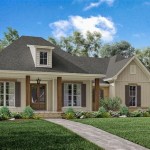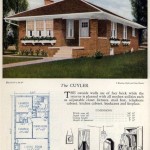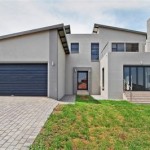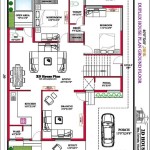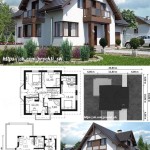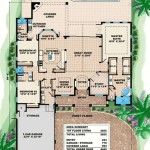Duplex Floor Plans: No Garage Design
Duplexes, two self-contained living units within a single building, present unique design challenges and opportunities. Eliminating a garage from the design further complicates the equation, impacting both the exterior aesthetics and the interior layout. This article explores the considerations and advantages of designing duplex floor plans without integrated garages.
One primary reason for omitting a garage is cost reduction. Garage construction adds significant expense to a project, including foundation work, framing, roofing, and door installation. By removing this element, developers can offer more competitive pricing or invest the savings in upgraded interior finishes. This strategy can be particularly appealing in urban environments or areas with readily available public transportation where car ownership is less common.
Land utilization is another key factor. In densely populated areas or locations with strict zoning regulations, maximizing living space often takes precedence over vehicle storage. A no-garage duplex design allows for a larger footprint for the dwelling units themselves, potentially accommodating more bedrooms, larger living areas, or additional amenities like private patios or balconies.
Aesthetically, a duplex without a garage offers greater flexibility. The absence of large garage doors allows for more creative facade designs, incorporating features like porches, bay windows, or decorative landscaping. This can contribute to a more visually appealing street presence and enhance the overall curb appeal of the property.
Several design approaches can effectively address the absence of a garage. One common solution is to incorporate off-street parking, such as a dedicated driveway or carport. This provides residents with convenient vehicle storage without sacrificing valuable building space. Another strategy is to utilize on-street parking if permitted by local regulations. This approach works well in urban environments with ample street parking availability.
Interior layouts for no-garage duplexes must carefully consider storage solutions. With no dedicated garage space, designers often incorporate larger closets, pantries, or dedicated storage rooms within the units to compensate. Maximizing vertical space with built-in shelving and cabinets can also help optimize storage capacity.
The orientation of the duplex on the lot can significantly impact the overall design. For instance, a front-facing duplex without a garage can benefit from a well-designed front yard and landscaping to enhance curb appeal. A rear-facing duplex might incorporate a private courtyard or garden area in the space typically occupied by a garage.
Sustainability is another consideration that can influence the design. Without a garage, the building footprint is smaller, reducing the overall environmental impact. Furthermore, the freed-up space can be utilized for green features like rooftop gardens, rainwater harvesting systems, or solar panel installations.
Different types of duplex layouts can adapt well to a no-garage design. Side-by-side duplexes, where the units share a common wall, can benefit from separate entrances and private outdoor spaces. Stacked duplexes, where one unit is above the other, can utilize the ground level for parking or other amenities.
The target demographic also plays a crucial role in the design process. For example, a duplex designed for young professionals or students in an urban setting might prioritize smaller, efficient units with easy access to public transportation. A duplex intended for families might require larger units with ample storage space and private outdoor areas.
Local building codes and regulations must be carefully considered throughout the design process. These regulations often dictate setback requirements, parking provisions, and accessibility standards. Compliance with these regulations is essential to ensure the project's approval and successful completion.
Collaboration with experienced architects and designers is critical for optimizing the functionality and aesthetics of a no-garage duplex. They can offer innovative solutions for maximizing space utilization, incorporating sustainable features, and creating visually appealing designs that complement the surrounding environment.
Ultimately, designing a duplex without a garage presents both challenges and opportunities. By carefully considering factors like cost, land utilization, aesthetics, and the target demographic, architects and developers can create functional, attractive, and sustainable living spaces that meet the needs of modern residents.

Plan No 346106 House Plans By Westhomeplanners Com Garage Small Design

Stunning Craftsman Style Duplex With Finished Basement Option

Duplex House Plans Floor Garage

Plan No 195259 House Plans By Westhomeplanners Com Town Floor Duplex

Top 10 Duplex Plans That Look Like Single Family Homes Houseplans Blog Com

Duplex J2030d Plansource Plans Floor House

Escondido Duplex Commercial Floor Plan Luxury
Top 10 Duplex Plans That Look Like Single Family Homes Houseplans Blog Com

Twin Creek Cottage Duplex Plan Archival Designs

Country Duplex With 4 Bdrms 1284 Sq Ft Per Unit 108 1007

